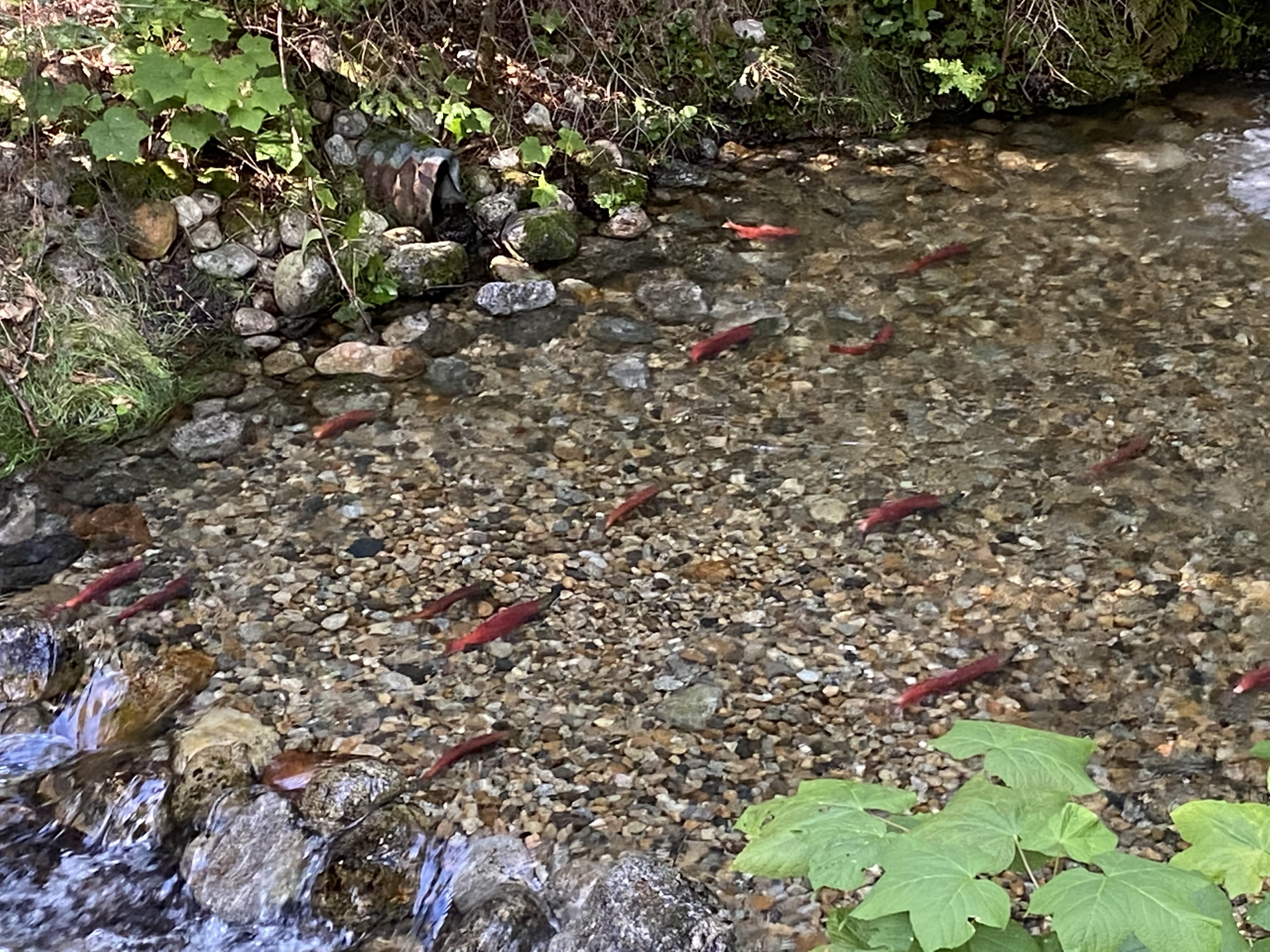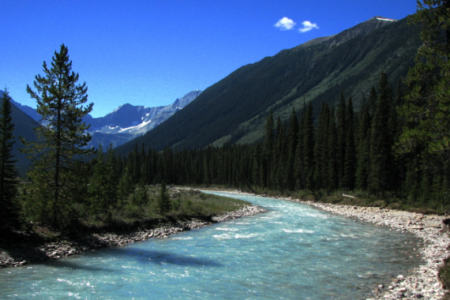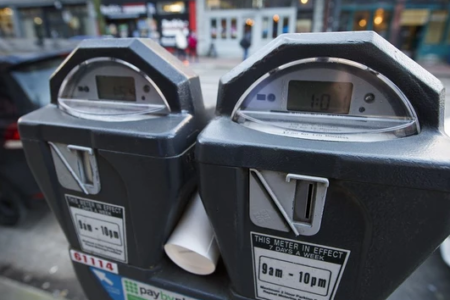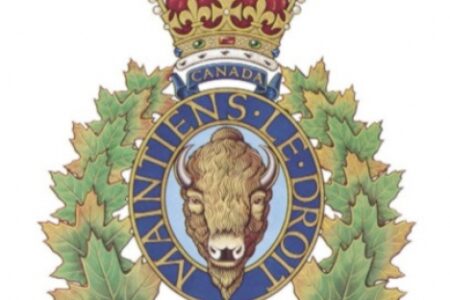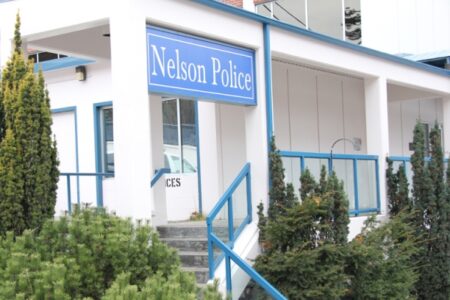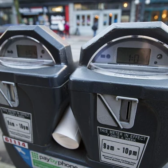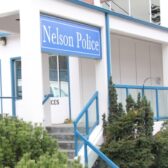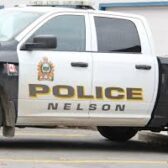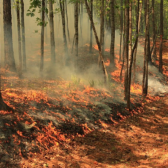Strength in numbers: municipalities set to lobby upper levels of government over plight of fish stocks
With recent government programs failing to help prop up fish stocks in Kootenay Lake and regional bodies of water, several regional district municipalities are banding together to demand an update on what will be done.
The City of Nelson, the Village of Kaslo and Regional District of Central Kootenay (RDCK) areas A, F and E, as well as RDCK chair Aimee Watson are co-signing a letter that will be delivered to provincial and federal government departments, including Fisheries and Oceans Canada, BC Agriculture, Food and Fisheries and the provincial Ministry of Forests, Lands and Natural Resource Operations.
The municipal bodies are requesting an update with regard to the “state of fish stocks in Kootenay Lake and other surrounding water bodies, specifically the Columbia” River.
“It is well known that the population of fish in the region, which once drew anglers from near and far, has collapsed,” the draft letter read.
There have been a number of initiatives aimed at rebuilding and enhancing the fish stocks in local waters, the letter stated, but the effect on fish counts has proven that the programs are not having a significant impact.
“We are very concerned that the fish stocks in the region are on the brink of disaster and could be damaged beyond repair,” the letter continued.
The languishing fish stocks is the underpinning of a greater problem, said Area E director Ramona Faust.
“The collapse and near collapse in Kootenay Lake has direct economic impacts on tourism and, of course, the ecology of the lake is often missed because we are not considered an affected area in some way because the dam at Corra Linn — which is the gateway to power production — was not a treaty dam,” she said.
“So we are having some issue with getting attention to bear on this.”
The letter will be tweaked again by the municipalities before being sent, said City of Nelson director Janice Morrison, but the conversation had to start somewhere.
“The idea here was to have a starting point, and there needs to be further discussion given to this process, but it needed to start somewhere,” she said.
“It’s a starting point but nowhere near an end point over the concerns of the kokanee in the lake.”
Area A director Garry Jackman felt this was the beginning of an ongoing conversation with the province and the federal government.
“I agree … this is a starting point. Habitat is where we need to go: habitat protection and restoration,” he said.
Village of Silverton director Leah Main said there was not one area of the RDCK that did not sit upon a body of water that was part of the Columbia River system and that did not contain salmon and salmonids that are affected in the same way that the fish stocks in Kootenay Lake were affected.
“Slocan Lake used to have free-running trout and salmon which it no longer has because of what has happened to the Columbia River system,” she said.
“So I would think that as this evolves we look at wording that is more inclusive of all of our communities, and also that we make sure that we circulate our concerns to all of the requisite agencies.”
Up or down?
Eight years ago the kokanee salmon population in the lake collapsed, from an average of about a million to “unprecedented low numbers,” averaging between a record low of 12,000 in 2017 to about 90,000 in 2020.
Those numbers reflected a poor survival from 2014 and a weak cohort that spawned in 2017. Despite the low numbers right now, there are more abundant spawning numbers predicted for the next few years due to improved survival and higher egg deposition after 2017.
When kokanee fall to such low abundances, they have more food available to them, as there is less competition between fish, so they grow much faster and larger.
This translates into many more eggs per female, so although spawner abundance is much lower, total egg deposition for the whole run hasn’t fallen as dramatically.
In 2020, the 90,000 spawners laid enough eggs to produce the long-term pre-collapse average of fry.
However, the species has thrived in some lakes in the region but not others — like Kootenay Lake — with research noting that factors such as pollution, lake levels, climate change and habitat loss are contributing to the downswing.
Source:https://thenelsondaily.com/news/kokanee-begin-uphill-swim-record-low-levels-kootenay-lake
Considering kokanee
A land-locked form of sockeye salmon, the number of spawning fish can vary each year — similar to ocean-going forms of salmon.
But some people have warned that Kootenay Lake’s ecosystem is out of balance and more should be done here to resuscitate the species, including a larger kokanee egg planting and a reduction in the predatory rainbow and bull trout.
That just happened
Five years ago the ministry deposited over 500,000 kokanee eggs into the spawning channels surrounding the lake, citing a 90 per cent hatch rate.
And now, using an adaptive management approach based on “strong monitoring of kokanee and predator populations, as well as scientific advice from an expert team to annually monitor the situation and inform changes to recovery actions,” the numbers are said to be rising, according to the provincial Ministry of Forests, Lands, Natural Resource Operations and Rural Development.
Once the balance is restored, it is expected that kokanee will again become abundant within a life-cycle (about three to four years), and large bodied rainbow trout and bull trout will follow within a few years.
Source: The Nelson Daily files



